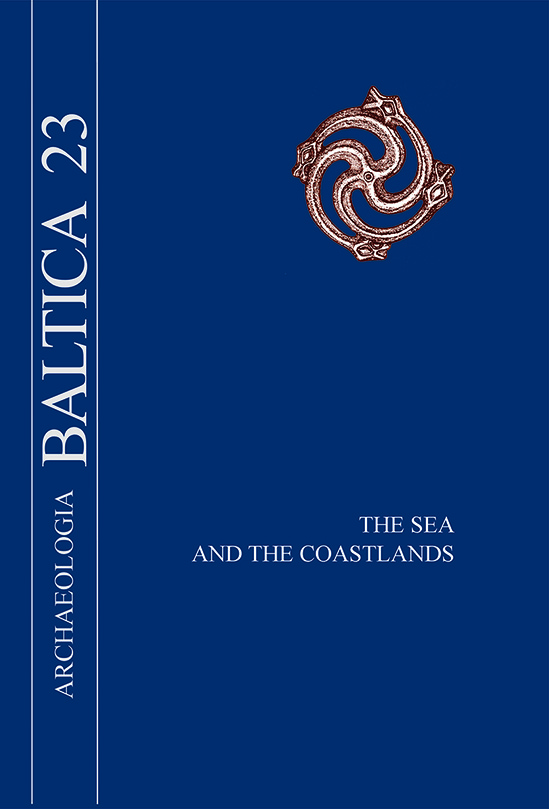Volume 23 (2016): The Sea and the Coastlands, December 2016

Order by:
Pub. online: 22 Jul 2016
Type: Article
 Open Access
Open Access
Abstract
Pub. online: 22 Jul 2016
Type: Article
 Open Access
Open Access
Abstract
Pub. online: 22 Jul 2016
Type: Article
 Open Access
Open Access
Abstract
Pub. online: 22 Jul 2016
Type: Article
 Open Access
Open Access
Abstract
Pub. online: 22 Jul 2016
Type: Article
 Open Access
Open Access
Abstract
Pub. online: 22 Jul 2016
Type: Article
 Open Access
Open Access
Abstract
Pub. online: 22 Jul 2016
Type: Article
 Open Access
Open Access
Abstract
Pub. online: 22 Jul 2016
Type: Article
 Open Access
Open Access
Abstract
Pub. online: 22 Jul 2016
Type: Article
 Open Access
Open Access
Abstract